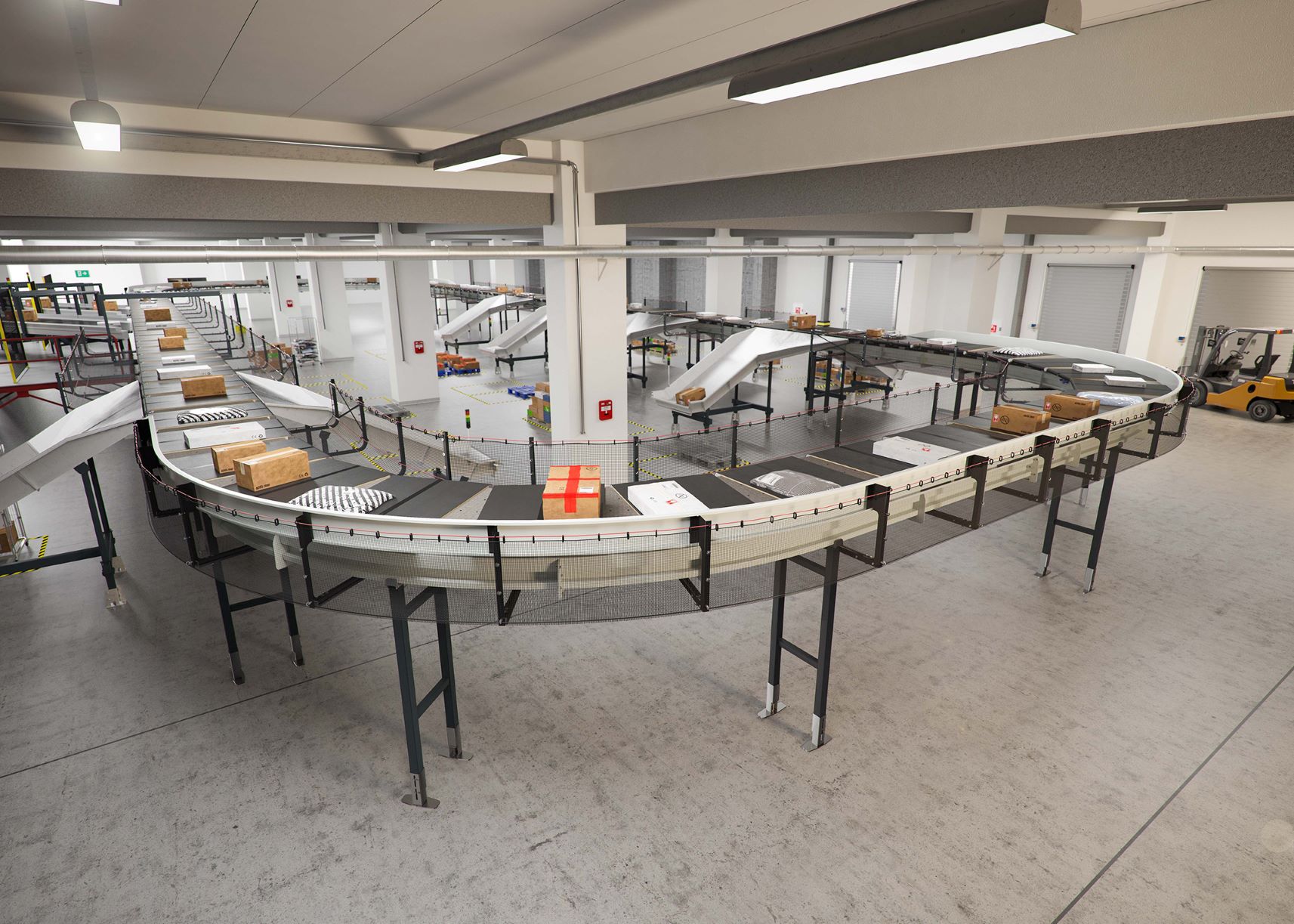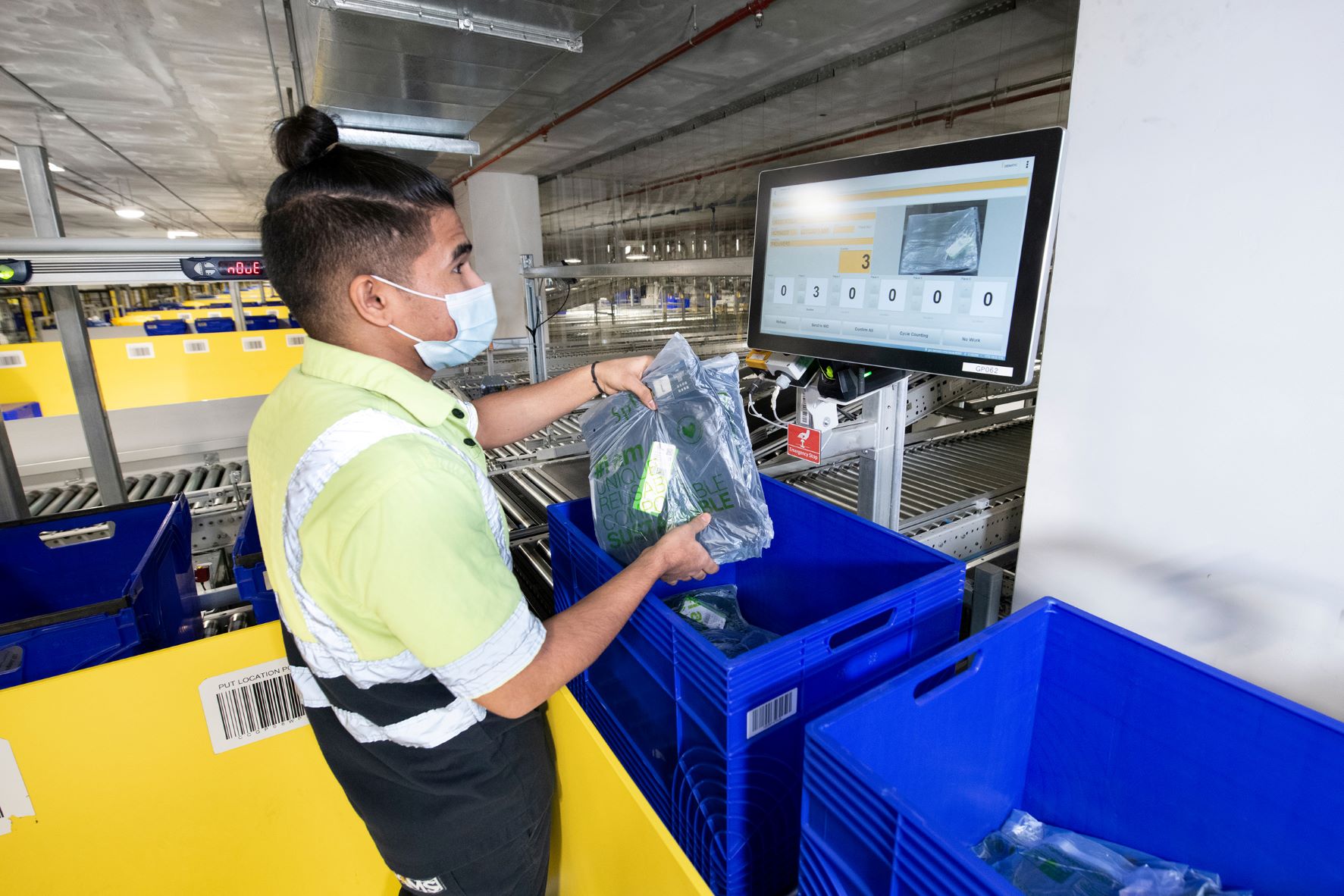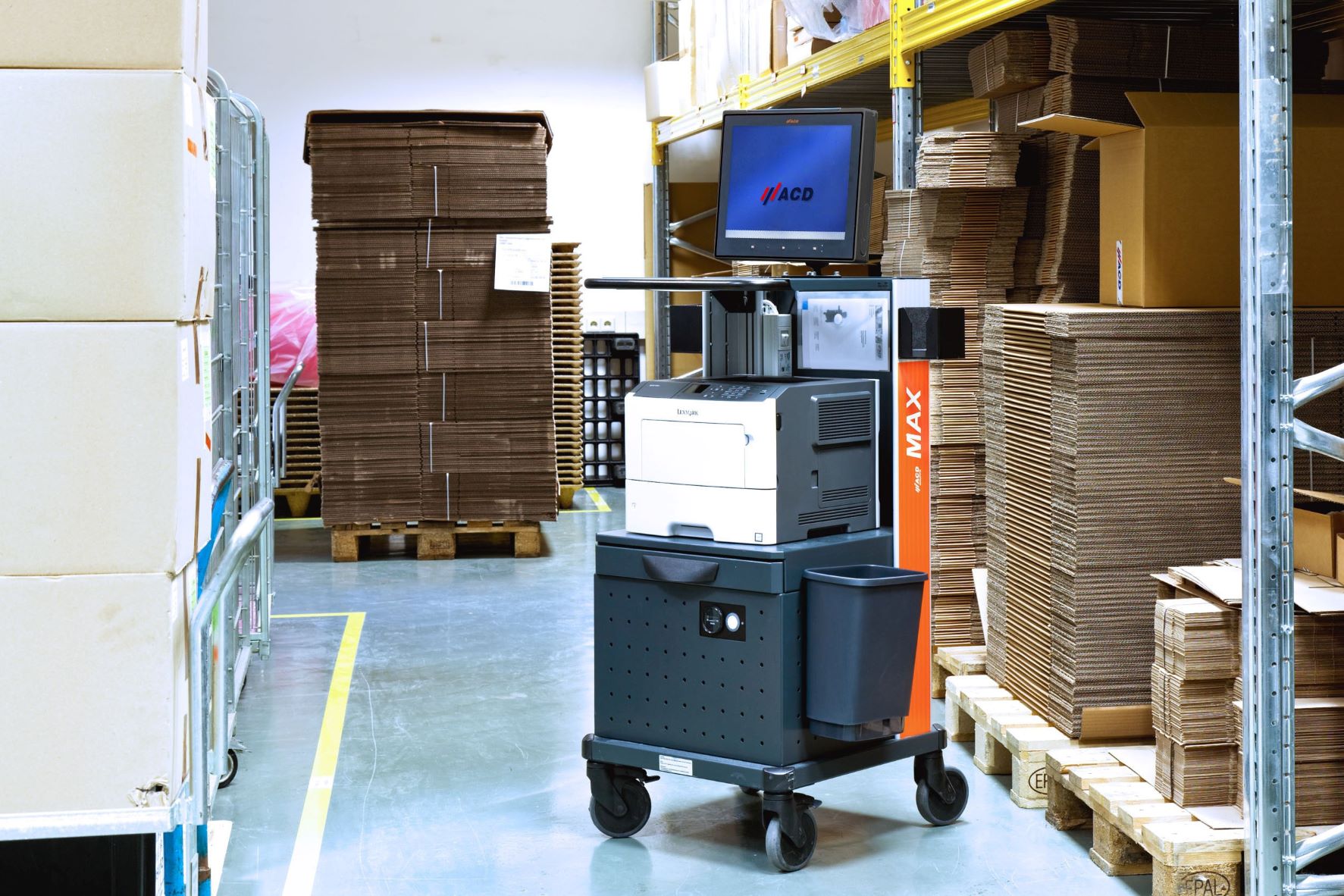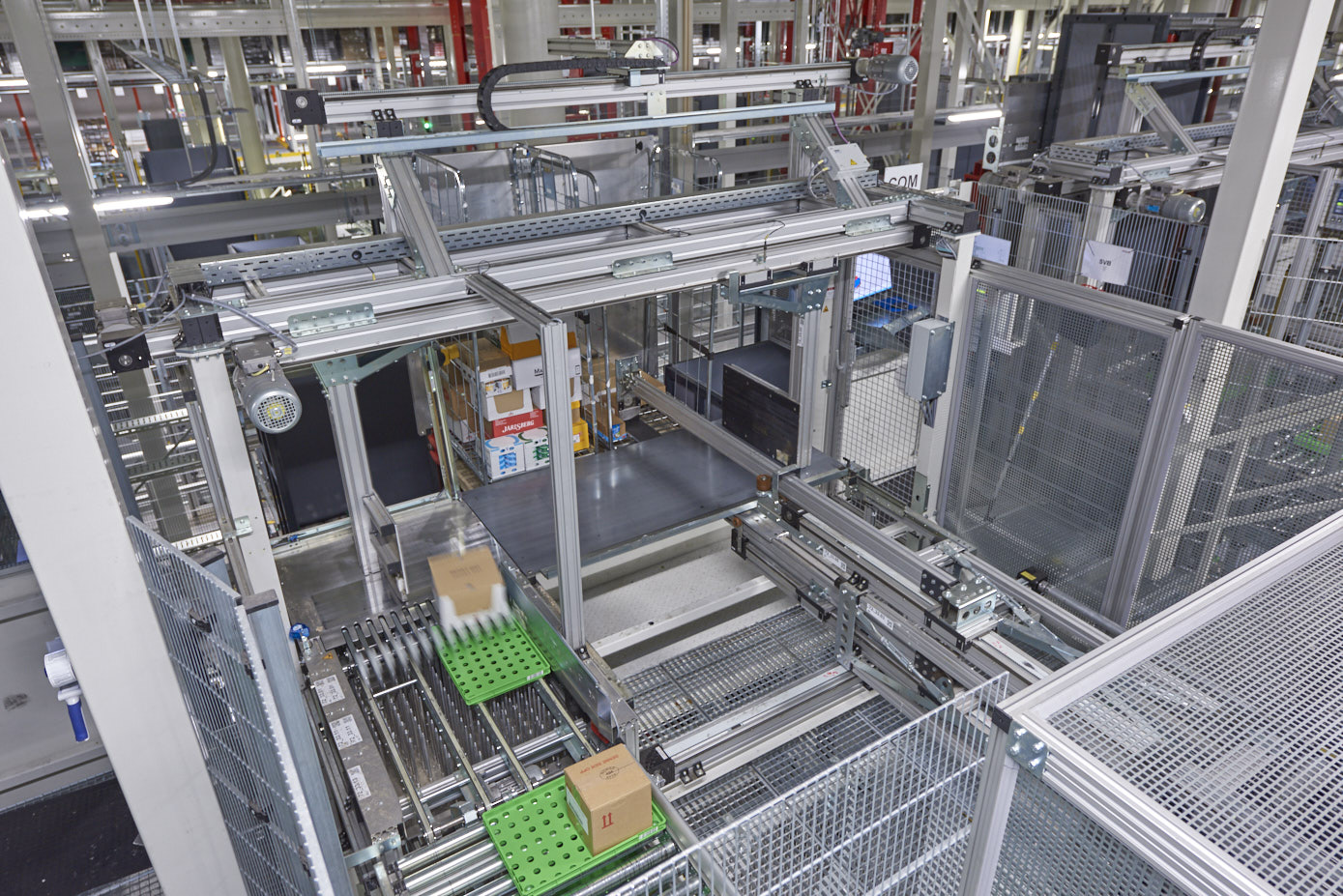Successful retailers are geared to performing well at peak. But what happens when labour is scarce and volumes are unpredictable? Craig Whitehouse, Managing Director at independent systems integrator, Invar Group, offers a survivor’s guide to peak season.
Depending on the line of trade, seasonal peaks crop up with the regularity of British Prime Ministers – from Diwali, Halloween/Bonfire Night, through ‘Black Friday/Cyber Monday, all the way to Valentine’s Day, Chinese New Year, and Easter. The front end of this is rightly termed the ‘Golden Quarter’ – it’s where most retailers make most of their sales. But the peak of peaks, is always Christmas – never easy, and this year likely to be more than usually complex and unpredictable.
With the UK and world economies teetering on recession, it is a safe bet that in volume terms, Christmas trade will be more subdued this year. Does this make coping with the seasonal peak any easier? Quite the contrary.
Many consumers, exposed to inflation, uncertain as to future income, and perhaps anticipating distress level pricing by retailers, will be postponing their purchasing to the last minute, exacerbating the ‘peak’. Meanwhile, retailers and distributors who have controlled or reduced headcount – or have failed to attract staff even for the ‘normal’ level of trade – will have fewer bodies they can call on for overtime or extra shifts. And more than ever, a sale lost because goods are not immediately available is a sale lost for good.
This is true across channels. E-commerce as a proportion of sales has fallen back a little, but at around 30% is still well above pre-pandemic levels. However, resupply to physical stores this Christmas may be even more crucial – many consumers will not be buying for their Christmas events: ‘going shopping’ may be the Xmas treat. Moreover, we can expect a further peak in returns – not because the goods are in some way ‘wrong’ but because many consumers would rather have the cash value of the kindly-intended ‘gift’.
With so much uncertainty, it may seem counter-intuitive to suggest that investment in automation is an important part of the answer. Certainly, until a few years ago, ‘automation’ equated to ‘mechanisation with some intelligence’ and typically involved serious civil and mechanical engineering, only justifiable for companies with high and predictable volumes of throughput. However, things have changed significantly. Intelligent automation is now both highly flexible and scalable, and is far simpler to install – no heavy engineering required.
Far from the rigid, fixed conveyor systems and heavily racked solutions of the recent past, Autonomous Mobile Robots (AMRs) can navigate routes efficiently even if their geography has changed. And increasingly they can work safely alongside human co-workers, rather than having to be fenced off. Well established techniques such as pick-to-light, or pick-to-voice, coupled with appropriate automation, can offer workers far more rewarding, and error-free, conditions – improving staff retention and, perhaps, enabling wage enhancements.
Using these new resources efficiently depends on sophisticated, flexible Warehouse Management Systems (WMS) that can be easily tailored to individual applications and the simple integration of ‘best-of-breed’ hardware. Adaptability is key, for example, picking protocols, that can be incorporated and implemented centrally and ‘on the fly’ – no need to individually re-programme each machine.
In addition, these solutions are more often than not, easily scalable. It’s quite a simple process to add, or subtract, AMRs and mobile shelving units, with the WMS being similarly adaptable. And increasingly, these elements are available on lease rather than outright purchase, offering businesses relatively risk-free avenues for meeting demand at peak.
But perhaps, most importantly, automation isn’t ‘just for Christmas’. The point is that it can be scaled and flexed to give benefits throughout the year, in both peak and slack seasons. Intelligently designed and flexibly integrated warehouse automation can bring a multitude of savings to an organisation challenged by labour shortages and a need to affordably hit peak volumes. Using automation wisely can enable a business to not just simply survive, but thrive.











